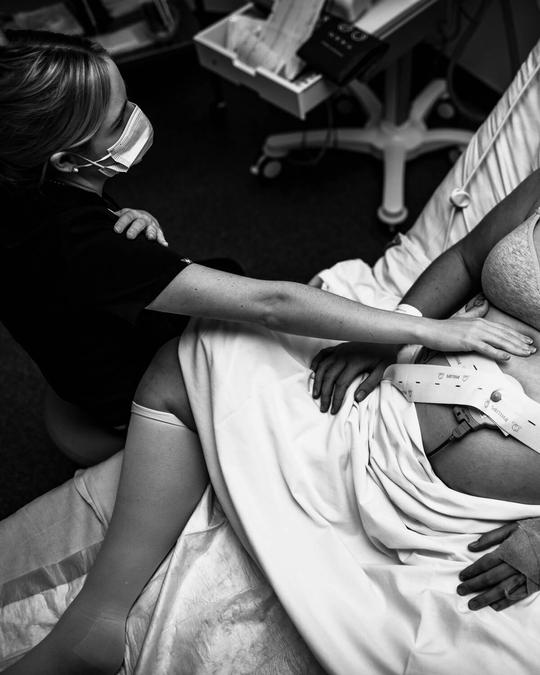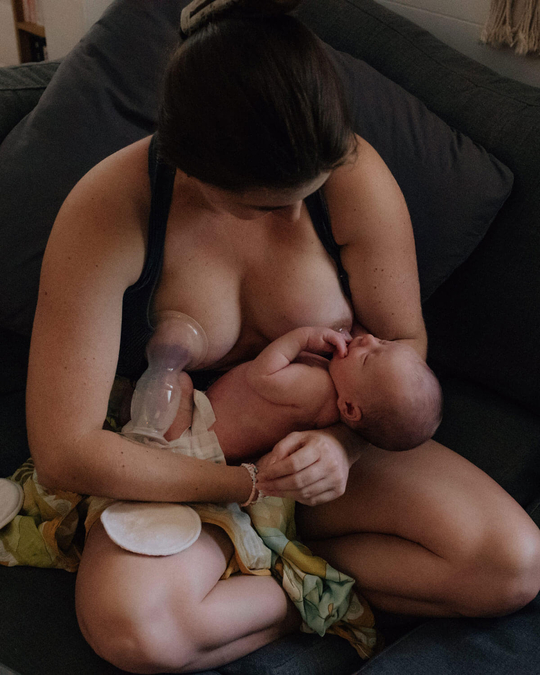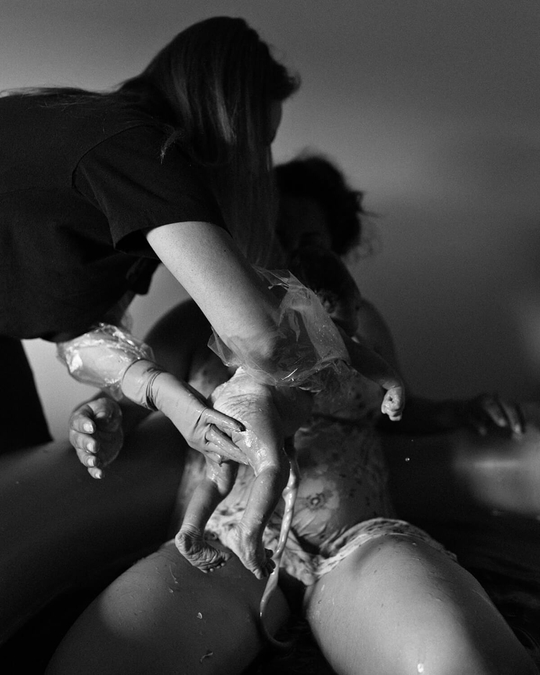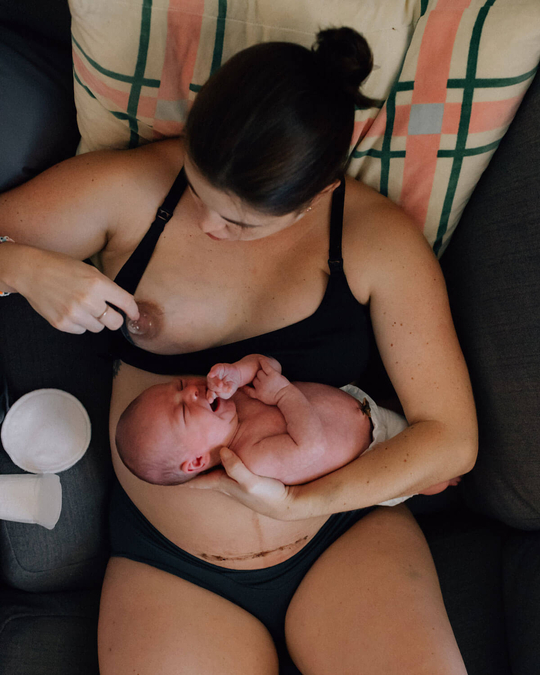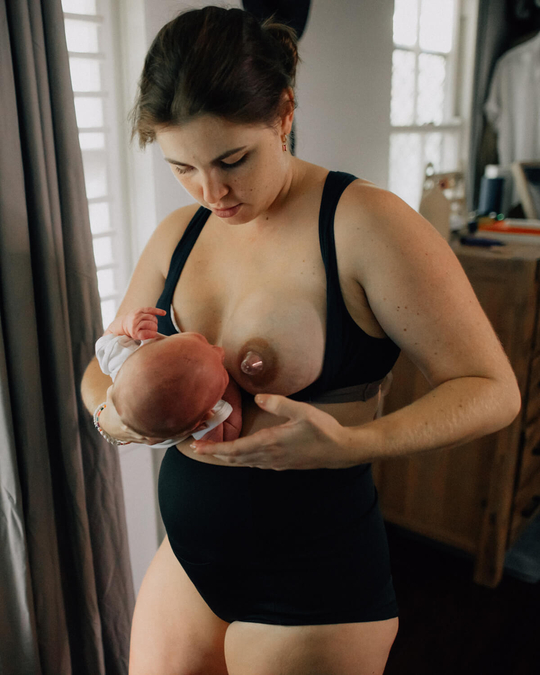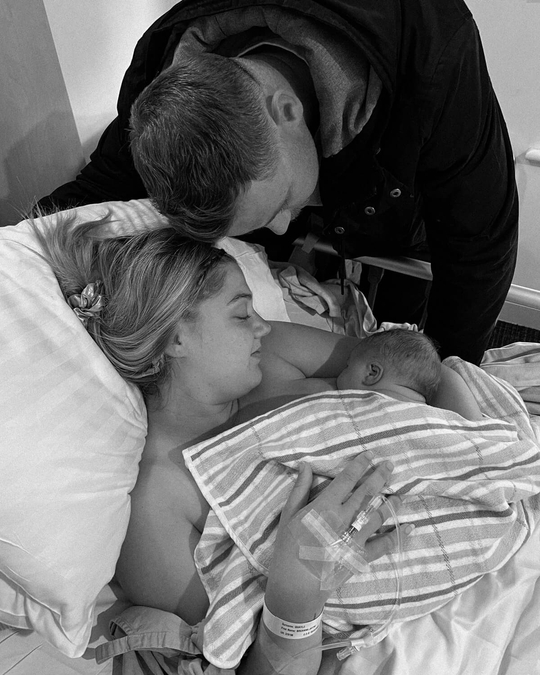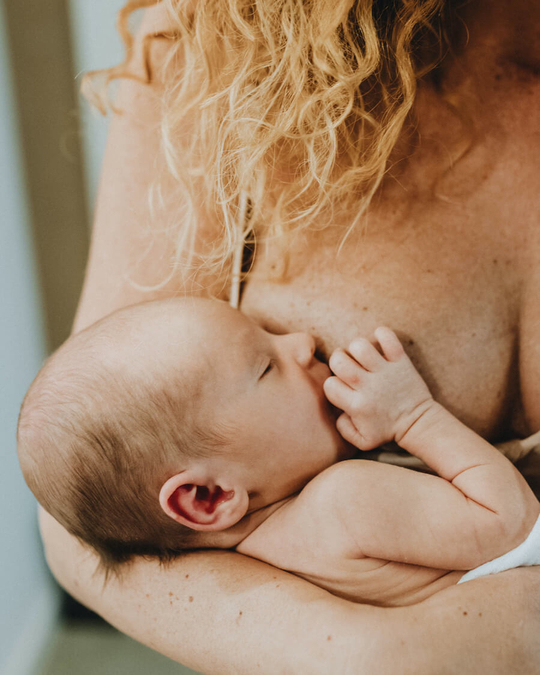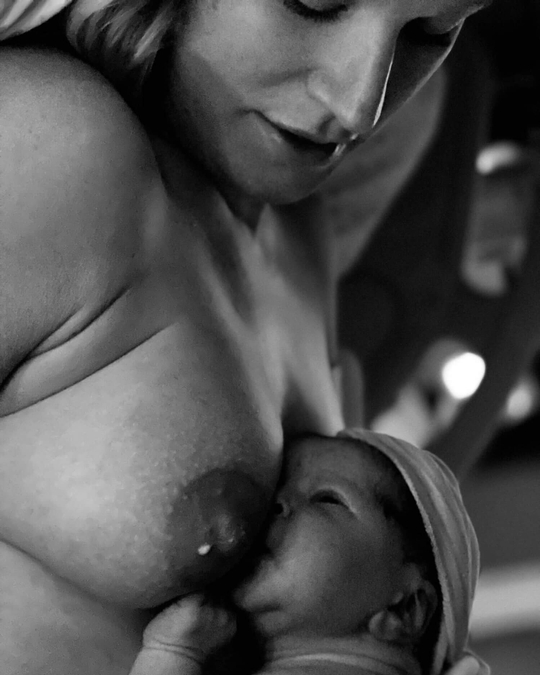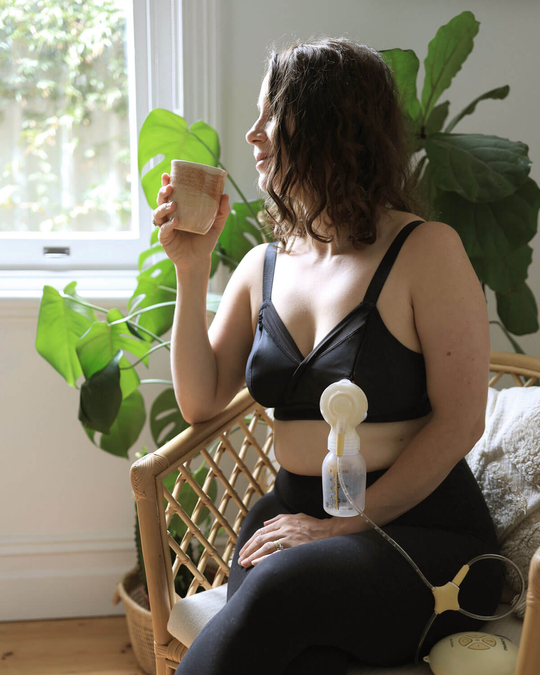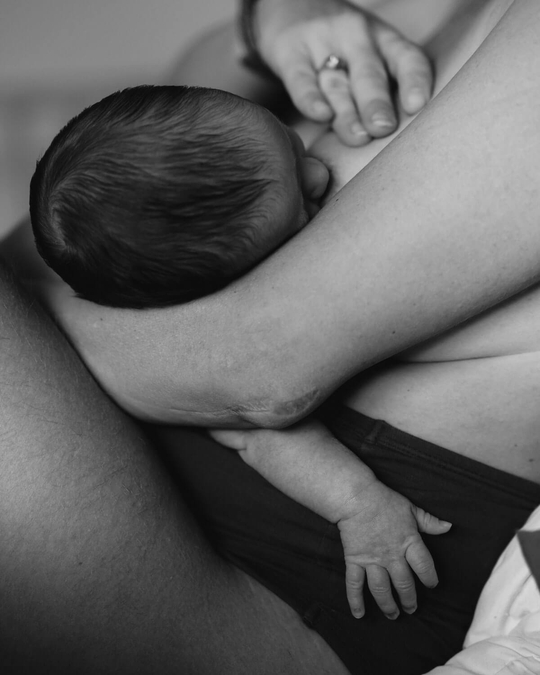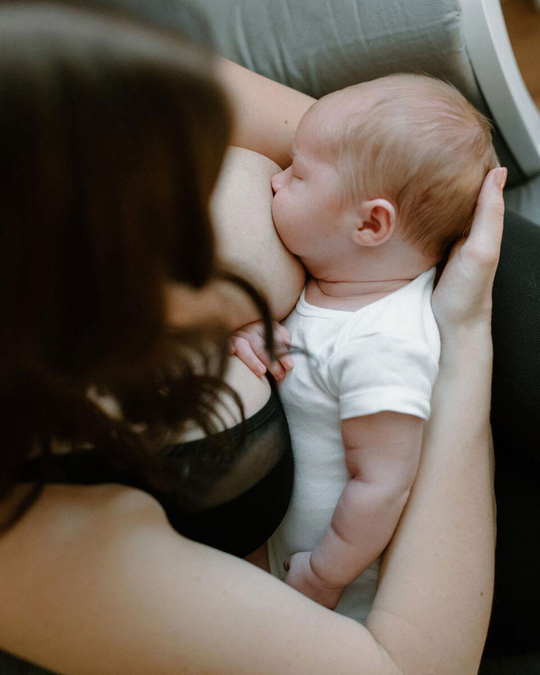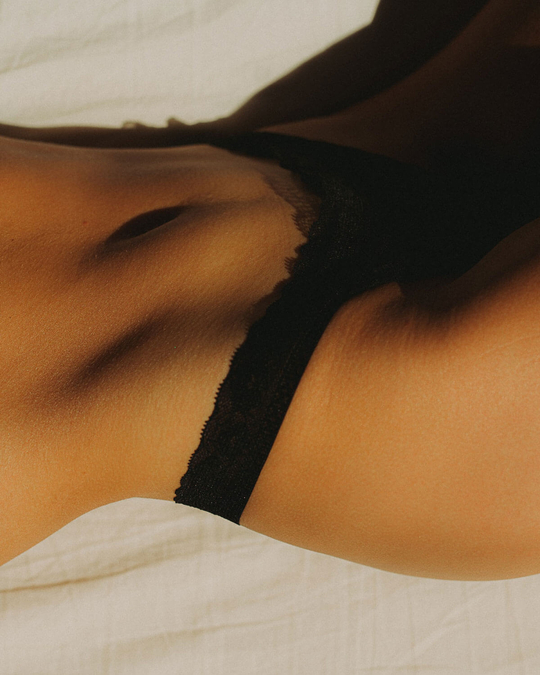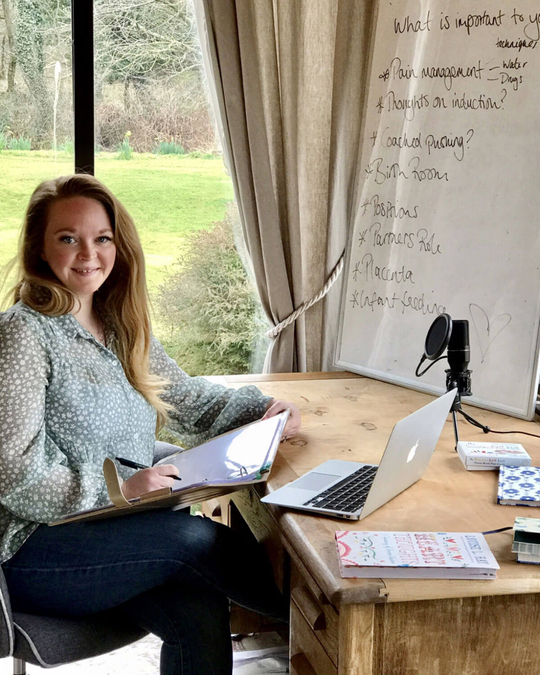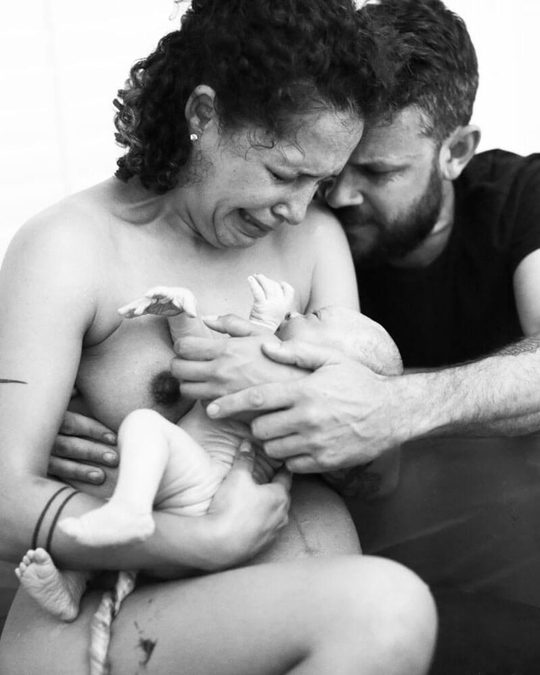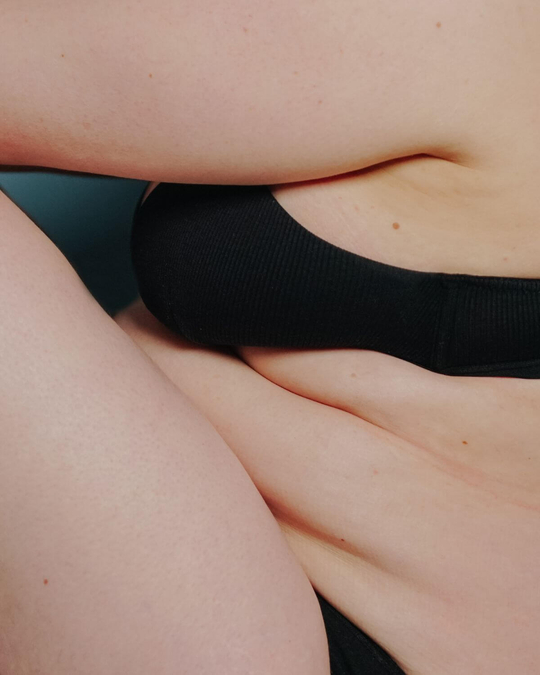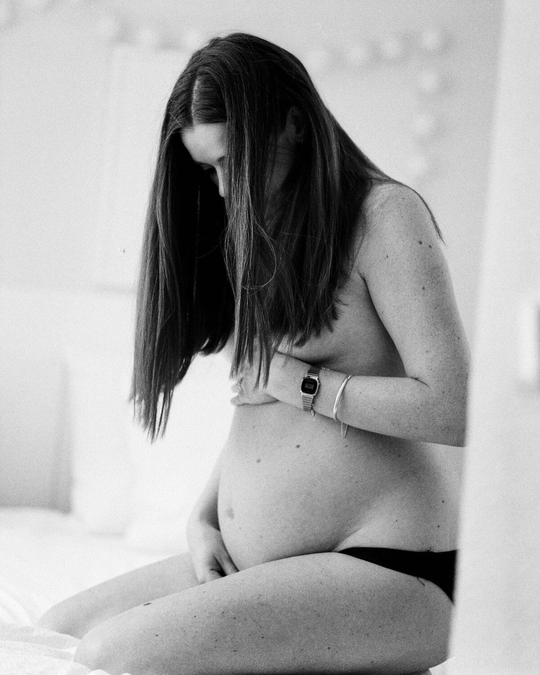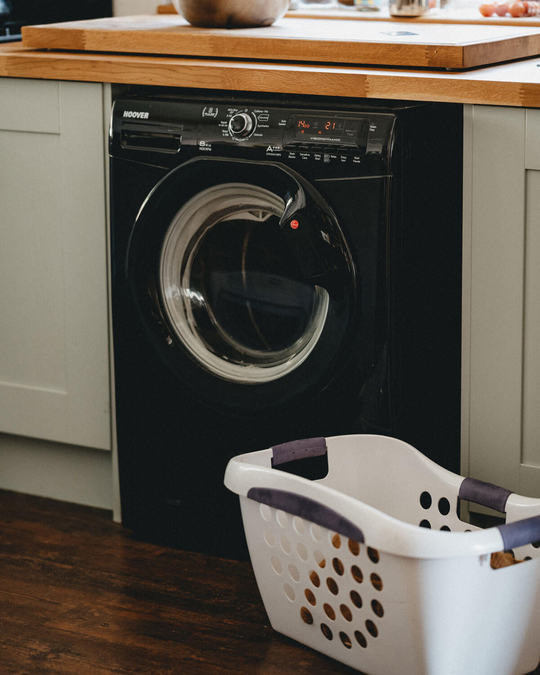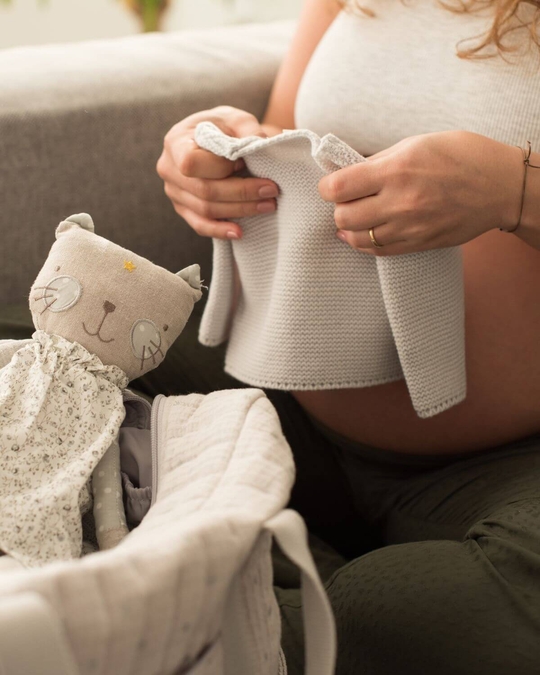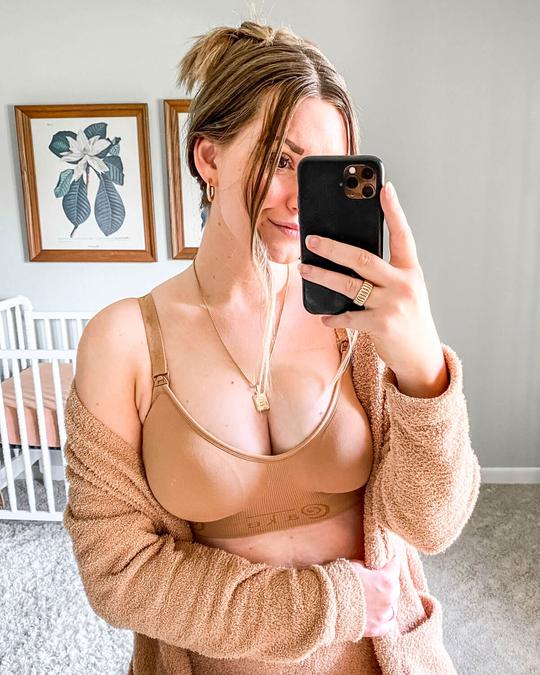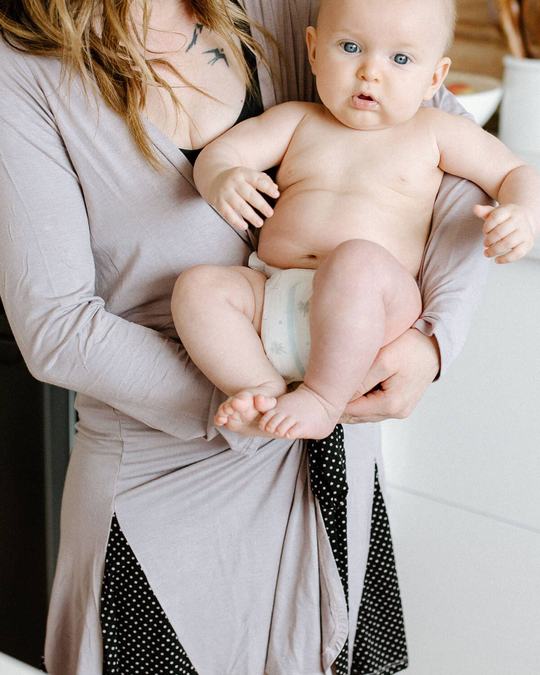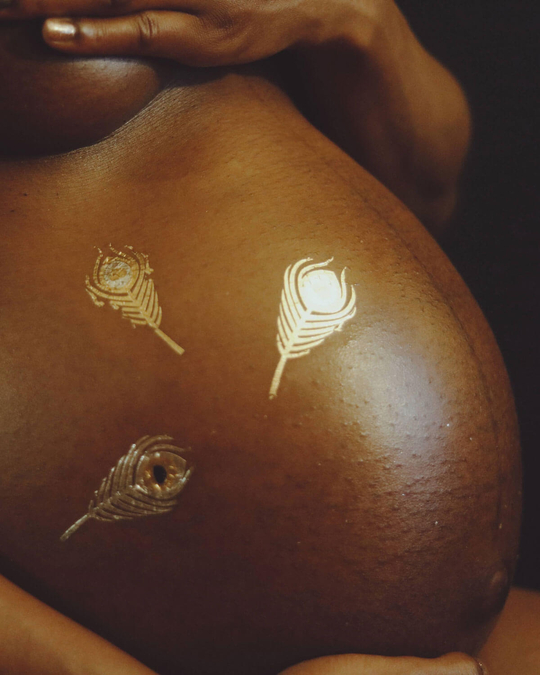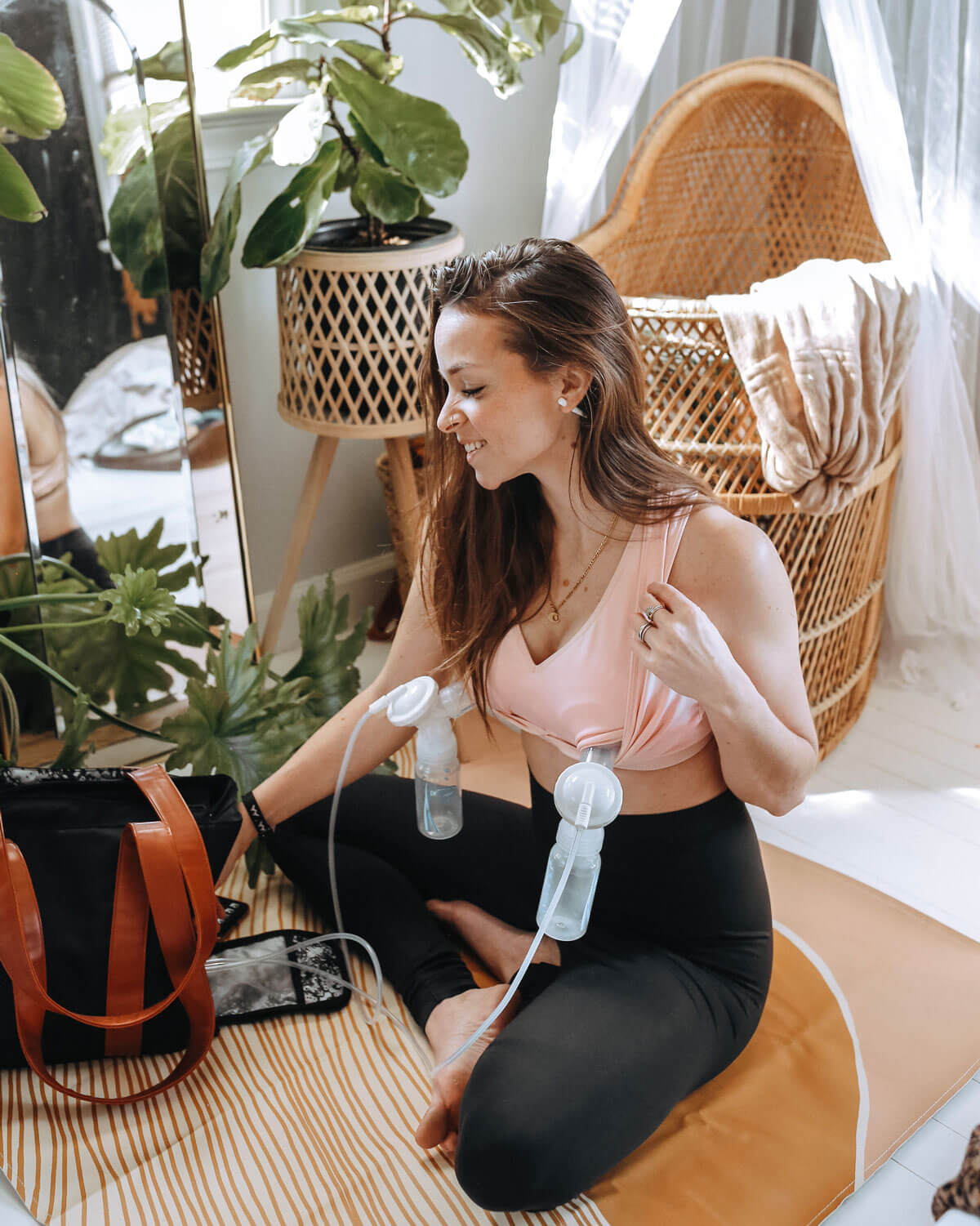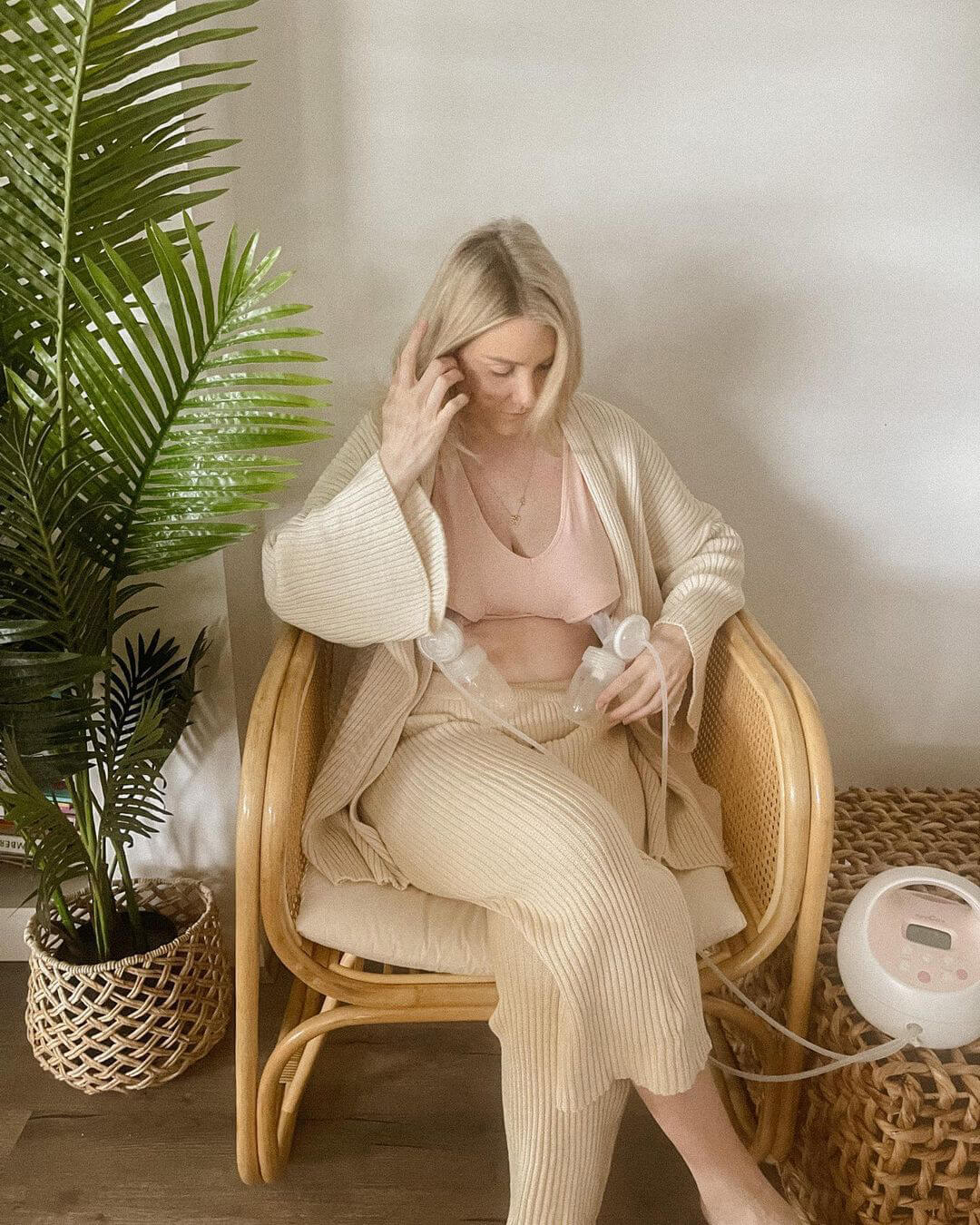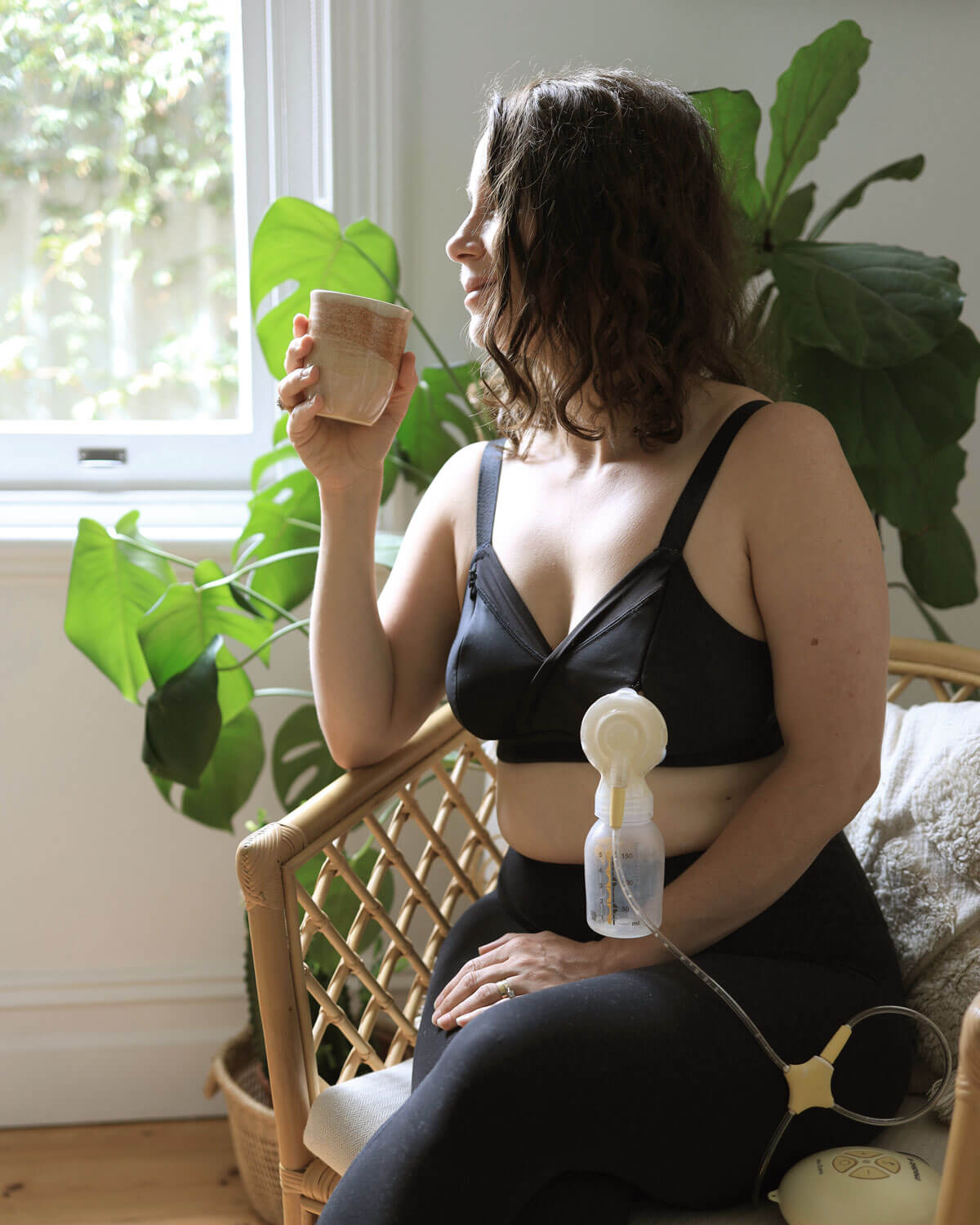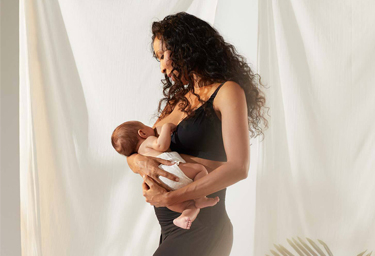Whether you’re a new mum, heading back to work, want to share the load with your partner or need to be away from your baby, pumping breast milk is an effective and efficient way to keep bub happy and fed. There are so many reasons why you might be considering pumping, so here’s a few tips and tricks to kickstart your journey and get you breast pumping like a pro.
Why should I consider pumping?
- You might be going back to work
- Your baby may not be latching properly
- You might want to share the feeding with your partner
- You may have a premature baby and need to keep your milk supply up
- You may need to be away from you baby
- Your milk supply may not be adequate
- You may have an oversupply of milk
- You may want to donate milk
- You may have mastitis and need to drain the breast
- Your milk may have been contaminated by certain medications or alcohol
- And the list goes on…
Pros and cons of pumping:
| Pros: | Cons: |
| Cheaper than formula | Expensive (pumps, bottles, sanitisers) |
| Can work to a schedule | Time consuming:· pumping takes time· feeding also takes time· cleaning up the bottles |
| Can go back to work or be away from your baby | Lack of bonding with your baby |
| Your baby is still getting breastmilk and all the proper antibodies | Stored breast milk can have less antibodies than direct breastmilk |
| Can increase milk supply | Can lead to engorgement |
How to know when to pump:
It’s best to avoid pumping when you’re engorged as this can lead to further engorgement. Pump either at the end of a breastfeeding session to increase supply or
when you would usually be nursing your baby instead of feeding them. Make sure they are still getting their feed though.
How often should I pump and for how long:
Often pumping will extract the milk much quicker than if you were breastfeeding. Although with some mamas, only their bubs can make the milk come out.
Don’t ever pump until the breast runs dry or stop immediately when it does. You don’t want to overdo it.
You can also pump to limit your supply. To do this, just pump a little with a high amount of flow and then stop. Your body will only remake what is used up.
How often do I pump if I’m exclusively pumping:
As a rule of thumb, the following guidelines should be applied. This will all depend on the health of your baby, and of course every mama is different. Speak to your health care professional to ensure you are getting it right.
- Newborn — every 3 hours.
- After 6-8 weeks — every 4 hours.
- After 6 months — every 4 hours during the day but not during the night.
How much should I pump?
It’s not a matter of quantity, but rather time. You might get super excited that you are able to and start filling up satchel after satchel, but this is a sure-fire way to encourage an oversupply, which could lead to problems when you’re trying to reduce your flow down the line.
Try to pump only when you would normally be feeding your baby. If your aim isn’t to increase your supply, try pumping at even intervals, like if you were breastfeeding bub.
Feed from one side and pump from the other. Then after your baby has finished, you may be able to pump some more from the breast they’ve just fed from, and vice versa.
A general rule of thumb is not to overdo it.
What sort of breast pump to use?
This depends on:
- How much you want to spend
- How often you will use the breast pump
- Where you want to use the breast pump
- Whether you want an electric or manual breast pump
If you are only going to pump every now and again, then I suggest getting a simple hand pump. It’s best to start off with one of these anyway to help you control the way you’re pumping. Some women freeze up when first put onto a mechanical pump as they feel a bit like a dairy cow. To get the most out of your pumping session you need to feel as relaxed as possible.
If you’re planning to exclusively feed bub from a bottle, it’s worth investing in a mechanical pump. This will reduce the amount of time you spend on each pumping session as they’re more efficient.
If you’re not 100% sure pumping is for you, try renting a pump to begin with. Most hospitals and good pharmacies offer a rental service.
How to use a pumping bra:
To learn how to use our Lotus Hands-free Pumping Bra, simply follow the instructions in the video above.
If you’re using our Pumpkin T-shirt Pumping Bra, follow these steps:
1. Open zippers enough to insert the flange in place over your nipple.
2. Do up zippers to secure flange in place.
3. Attach bottles and pump apparatus.
When not to pump:
- When you are overtired.
- When you have just fed from both sides (unless trying to increase your milk supply).
- If you don’t have clean equipment (if you’re planning to use your milk, not pump and dump).
- When you’re dehydrated or haven’t had enough water during the day — when you’re breastfeeding you should be aiming for 3L a day, as opposed to the usual 2L. It’s a lot, so go and have a glass now.
How should I begin pumping:
There are many ways to start and it all depends on why you’re pumping. Learn how to hand express first so you understand how your milk and breasts work.
If you’re pumping to sub and feed, try to nurse from one side and then pump from the other. As your baby is already nursing from one side, the letdown should be easier to establish for pumping.
If you know you’re going to be away from your baby and will skip a feed, it’s best to try to pump before you are without your baby. Do a practice run first to make sure you know how the equipment works as you don’t want to be flustered when the moment arrives.
Pumping for the first time when you have a premature baby can make you feel very much like a machine and it’s even harder if you don’t know what a baby’s latch feels like. I would grab a cup of tea and a photo of my baby and get as comfortable and relaxed as possible. They recommend you double pump to save time, but I found this would restrict my flow. Work out what works best for you.
If you’re pumping to increase your milk, you should pump each breast immediately after your baby has finished feeding. The more milk that is taken from your breast, the more will be remade by yours truly. Please remember that your baby’s needs will change and what you make on one day may be too much the next. There are also growth spurts to remember and cluster feeds that can spike your milk production.
Over supply can lead to engorgement and this is not a fun time as it can then lead to blocked ducts, mastitis, and lots of pain. Engorgement can also lead to stretch marks and sagging later in life.
Learn to hand express:
1. Start off in a warm shower or apply a warm compress (warm washer) to your breast. If you are nursing your baby on your other breast, the milk may flow easier.
2. Massage your breast with one hand (if you are holding your baby with the other) or two.
3. Massage from the outside inwards with steady pressure directly towards your nipple.
4. Squeeze and press your fingers towards your chest. They should be on, or on the outside of your areola.
TIPS:
- It’s not like milking a cow. You don’t want to pinch your nipple – keep your fingers a firm distance apart and push gently towards your chest.
- Relax and think about your baby.
- Exhale and release your shoulders.
- Lean forward if you are having difficulty.
Learn to pump:
Remember the tips from hand expressing. When you first start off using the pump, try from the opposite breast that you’re feeding from. Bub will already have the milk flowing. Then when you are ready to change breasts, your baby should be able to feed some more from the breast you’ve just pumped from.
If you don’t want to pump while breastfeeding, start off pumping just before you feed. This way, you will have a more ample milk supply.
1. Relax (I know, easier said than done when you’re pumping for the first time).
2. Position the cups — this part is all trial and error. Try positioning your breast inside the cups so that your nipple is at the centre. Don’t push too much flesh inside the cups, the pump will do this for you. Make sure you have a good seal around the edges. If you need to reposition the cups, break the seal first with a finger and then gently remove the cup and try again.
3. If you’re using a mechanical pump, start off with a slow setting and only do it for a short amount of time. 10 minutes on your first day is perfect.
4. Don’t pump for longer, even if you’re able to! If you are having success and can pump a full 150ml, your body will then make a lot more. This can quickly lead to engorgement and other problems. So, it’s best to do the pumping routine with slow and gentle increments.
5. If using a hand pump, slow and steady pumping is okay and once again, only for 10 minutes. In 3 days, increase to 15 minutes. After 7 days, increase to a full pump. Then after 10 days, progress to pumping both breasts if you need to.
6. The way that you start pumping should also be the way that you finish pumping. If you are pumping continually every day and then you suddenly stop, the milk flow can change dramatically and once again, you may end up with engorgement. If you decide to cease pumping for any reason, wean yourself just like you would for breastfeeding.
Note: When you’re pumping your breasts may increase in size if you over do it. It’s best to make sure you are fully supported and wearing comfortable pumping bras to ensure that you’re not damaging your ligaments with the extra weight of your breasts. Damaged ligaments are the main cause of sagging.
How to pump hands-free:
Pumping hands free is easy if you’ve got the right bra to do this. There are many different hands-free pumping bras out there that come in many different sizes. Choose one that’s right for you and your situation.
Many of the archaic hands-free pumping bras are not meant to be worn during the day, but only for the task at hand, instead of your nursing bra. So, a change of bra and top may be required if you have the time. Usually if you’re wanting to be hands-free, this means you don’t have the time. Catch 22.
Things to consider:
- Will you be at work and need to be discreet?
- Will you be one off pumping throughout the day or multiple times?
- Will you be happy to change your bra, or would you like a pumping/nursing bra?
Basically, attach the flanges, attach the pumps, and turn on the pump. Go about your daily routine as you normally would. Some women find this difficult to do, as they are not relaxing and focusing on the task at hand so the amount they pump is reduced. When you are breastfeeding, it’s hard to ignore your baby suckling from your breast and the oxytocin that encourages let down is released. To increase milk flow when pumping, focus on your baby and relax your shoulders to encourage a greater flow and supply.
Breastmilk storage guidelines:
Remember that the longer you store your breastmilk, the less likely it is to be suitable for your baby. Even though it will last 9 months, your baby will be 9 months older and the milk you make is perfectly suited for your baby at that specific time. Even a month can make a difference to your concoction’s suitability. Whether your baby is sick, thirsty, hot, or hungry — you make the milk specifically for them at that time, so keep this in mind. If you are pumping in summer and feeding this milk to your baby in winter, the milk will taste very different to that from your breast at the same time.
Store your milk in either a BPA free plastic or glass food grade container or special food grade milk storage satchels, these are great for convenience, and you can mark these with the date collected. These are not, however, so good for the earth as they are disposable and hard to recycle due to their contents.
Tip: If you’re adding fresh pumped milk to other frozen milk, this is fine if the fresh milk has been cooled in the fridge first. This avoids the frozen milk defrosting in sections.
How long can I keep breast milk:
- Fresh milk — 4 hours at room temperature
- Refrigerated milk — 48 hours
- Frozen milk — 9 months
- Thawed milk — 24 hours in the fridge (don’t refreeze)
How to use pumped breast milk:
If frozen, defrost in the fridge the day before you need to use it, then with the thawed milk or refrigerated milk, heat up in either the bottle you intend to use or a glass or BPA free food safe container. This can be heated in the microwave on low or in a bowl of boiled water.
Make sure the contents are well distributed (stirred) prior to feeding to your baby as there can be hot sections and cooler sections. Check the temperature on your wrist – it should not feel hot or cold as it should be the same temp as you.
Once heated, this milk cannot be reused – so if not all fed to your baby, please discard (or give the dog a little booby treat).
Exclusive pumping:
There may be reasons why you want to exclusively pump such as:
- Your baby may not latch properly to your breast
- You may not be with your baby most of the time
- Adoption
- Infant anomalies
- Paternal choice
- Mental illness
- Back to work
- Shared parental or family responsibilities
- Daily schedule required or wished for
Overall tips and advice:
Make sure you are getting enough sleep and rest, plenty of water and good nutrition. When you are breastfeeding, you will burn on average an extra 500 calories a day, and the same rules apply to pumping, so make sure you are ready for the journey. At the end of the day, fed is best, and a healthy happy mama is what is required. Happy pumping!
—
Disclaimer: Cake does not provide medical advice, diagnosis, or treatment. Any information published on this website or by this brand is not intended as a substitute for medical advice, and you should not take any action before consulting with a healthcare professional.
LIKE WHAT YOU READ?
Join CakeMama Club & get 10% OFF your first order!
Plus you’ll get tips + tricks for pregnancy, postpartum & breastfeeding, get member-only offers, earn CakeCoins every time you shop + more. Learn more


